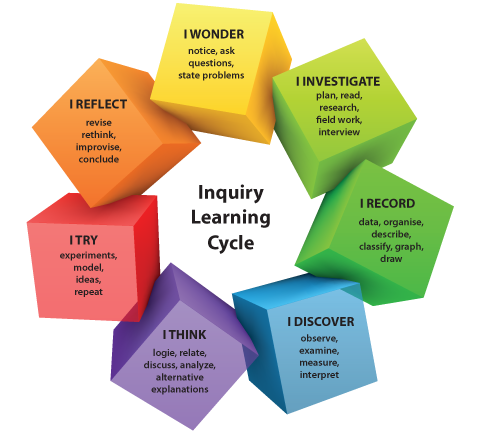
Grishma RajBlog0 CommentsFacebookTwitterWhatsAppShare
Inquiry-based learning is more than asking a student what he or she wants to know. It’s about enhancing curiosity. And activating a student’s curiosity is, I would argue, a far more important and complex goal than the objective of mere information delivery. It is something that teaches a student to think.
Triggering inquiry is about learning something new, and triggering curiosity is no small feat. It takes modeling enthusiasm; and learning something new generates our own enthusiasm, even if it’s something new about the content covered for years.

1. Developing questions: Have them develop a problem statement that requires them to pitch their question using a constructed response, further inquiry, and citation.
2. Research the topic using time in class: It’s crucial to have some of this be class work so students have access to the head researcher in the room – you. You aren’t going to do the work for them, but you are going to guide them and model methods of researching reliably. Internet literacy tie-in: Show them for a more visual browser at the start of the research process.
3. Presenting what they have learnt: Students should create and present a culminating artifact. When I have my students present what they’ve learned, I use a rubric that uses “Able to Teach” as the acme of what to reach for. After all, many people can understand content, but can they communicate it?
4. Discussing about the process and what didn’t turn out: Reflection is the key. And it isn’t just about asking them to think back on their opinion of the topic. It’s about reflecting on the process itself. That’s where you can work in metacognition. Thinking about thinking. Thinking about howthey learned not just whatthey learned.
Inquiry-based learning help motivate the students to become experts in their self-described field. And the more often a student gets a taste of what it feels like to be an expert, in however small a concept, the more they will want that feeling later on in life.


